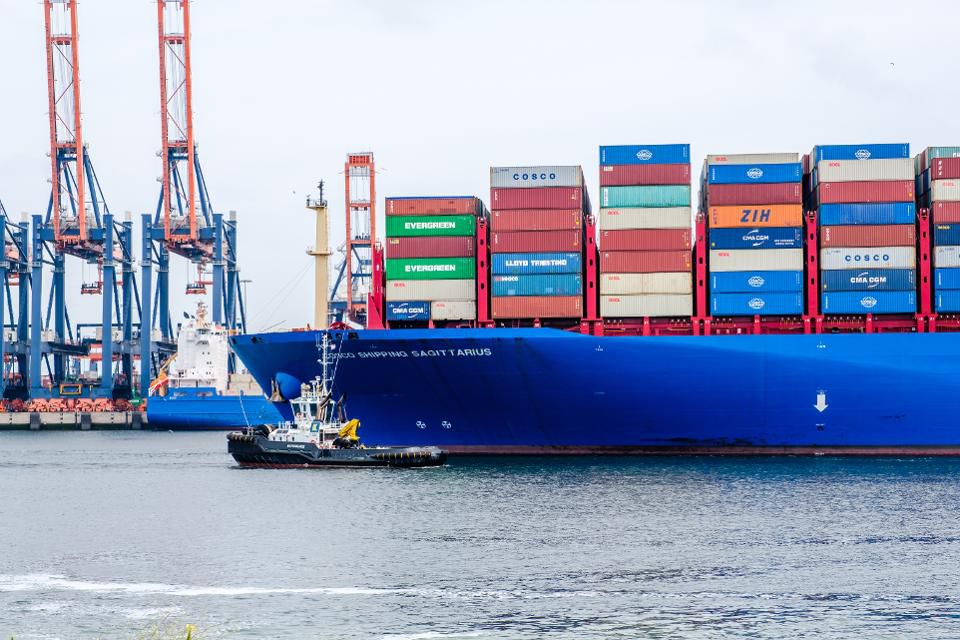Sea ports have been serving as the most important trading and logistical centre all over the world. Centuries of experience and learning from its operations has promulgated the development of productive and efficient sea ports. Port operations involve a variety of stakeholders- traders, custom officials, security forces, engineers, crew members and many others each adept in their own area of expertise and very often unaware of the other’s knowledge area. To ensure safe and smooth operations, loading and unloading of cargos, navigation of vessels, port authorities issue a port information guide that enlists the set of protocols, practices, restrictions and information regarding specific sea ports. The port information also helps greatly in shipment planning.
Key Planning Activities
First of all, let’s have an overview of what planning a shipping project involves-
- Deciding the quantum/size of the cargo
- Identifying the opportunities and bottlenecks
- Selection and procurement of the resources- human, cash, raw material, logistics
- Fixing the rate of production/manufacture of a commodity
- Allocating the budget and timeline to the individual activities
- Risk management
Port Information Guide Empowers Improved Shipment Planning
To carry out any activity at sea ports, it is important to be well aware of its facilities, restrictions and standard operating procedures to facilitate effective planning. The port information guide highlights the following information which is helpful in planning the movement of our shipments well in advance-
- Cargo Types- Some sea ports provide the facility to trade either General Cargo (which can be unitized into a well-defined quantity or fixed units i.e. no. of drums, bundles, containers, etc.) or Bulk/Loose Cargo (which cannot be unitized into well defined fixed units i.e. fuel, coal, sand, etc.). You can plan in advance the exporting or importing port with respect to the type of cargo they service.
- Vessel Types- Each port can accommodate different kinds of vessels/ships. These vessels differ in their dimensions (length/breadth/height), load-carrying capacity, types of cargo they can carry, stability & displacement. Based upon these parameters they can carry various bulk or general cargo. The exporter or the logistic service provider ensures from the information guide that the desired vessel type is available at the port to facilitate the trade of their cargo. Some commonly used vessels are- bulk, tanker, passenger, container, roll-on roll-off ships, naval ships and many others.
- Port Connectivity- The information guide entails details of the port’s connectivity via rail, road and canals. Depending upon which different logistic centres/warehouses and manpower requirements are planned and established. The haulage time and cost of the consignment to the port can be envisioned.
- Weather and Tidal Information- The key to a smooth, safe and efficient shipment process is the data with respect to the weather and tides in and around the port areas during different times of the year. All ports give special attention and mention the same as it is a key deciding factor for the movement of the shipping vessels in the sea. The seller can then suitably select the port and time of supply to ensure accelerated and secured movement of his consignment.
- Working hours and local holidays- A port information guide also provides valuable information about the availability of the key officials who process the consignments at the ports. You can then consider the lead and lag time appropriately in the schedule of the receiving or delivery of the products.
- Standard Operating Procedures- Each port has its own set of protocols and clearance processes, different departments and their contact details which is mentioned strictly in the information guide so that none of the security clauses and trade guidelines get jeopardized. Hence, it saves the movement of the cargo from unnecessary hassles and obstructions.
Thus, a well-defined seaport information guide promotes the pull techniques of keeping the supply in congruence with the demand to amplify human productivity. As most of the ports have shared the guide online, it equips the parties to select the best opportunity for conducting the business. It creates an ecosystem of efficient supply chains such that the inventory losses and business dissatisfaction are minimized.




